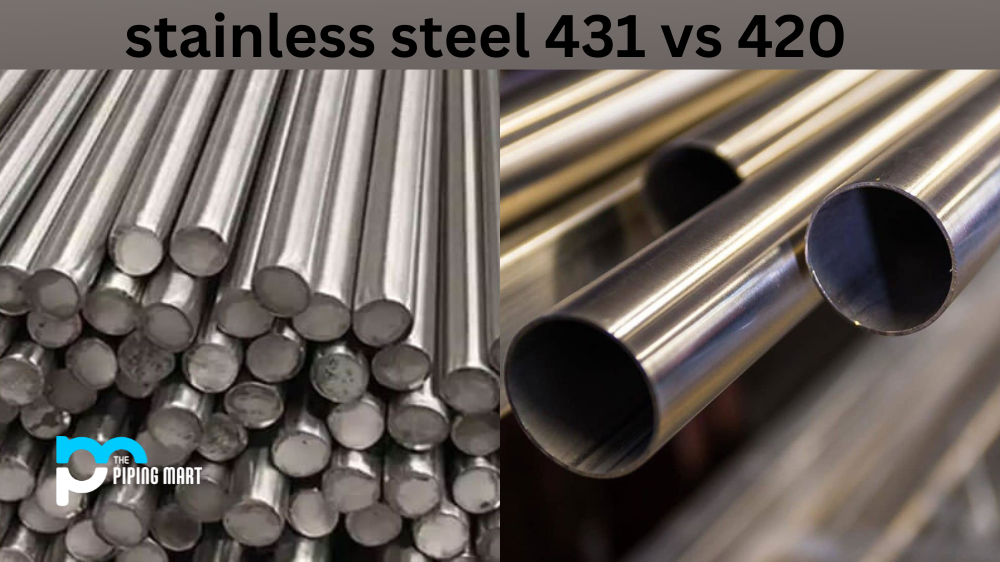Alloys are materials made from two or more metals. Copper and nickel alloys are popular materials in various industries, such as automotive manufacturing and aerospace engineering. But with so many copper and nickel alloys available, it can be difficult to keep track of the different names that they’re known by. To help you out, let’s take a look at some of the most common copper and nickel alloy names.
Copper Nickel Alloy Types
CuNi2:
CuNi2 is an alloy composed of 90% copper and 10% nickel. This alloy is popularly used for its low electrical resistivity and excellent corrosion resistance. It can be found in applications such as electrical contacts, batteries, resistors, and terminals.
CuNi30:
CuNi30 consists of 70% copper and 30% nickel. This alloy has excellent corrosion resistance properties, which make it ideal for marine environments. It is often used in shipbuilding industries as well as in industrial piping systems due to its high strength and temperature stability.
CuNi18Fe1Mn1Si1:
CuNi18Fe1Mn1Si1 is composed of 77% copper, 18% nickel, 1% iron, 1% manganese, and 1% silicon. This alloy has a higher tensile strength than other cupronickels because it contains additional elements that give it greater ductility. It can be found in applications such as pressure vessels and pumps where high tensile strength is required.
CuNi45Mn3Al4Ti3:
CuNi45Mn3Al4Ti3 consists of 55% copper, 45% nickel, 3% aluminum, 4% titanium, and 3 % manganese. This alloy has excellent weldability, which makes it perfect for welding applications where stronger joints are needed. It can also be found in aerospace components such as aircraft parts due to its high fracture toughness.
Nickel Silver Alloys
Nickel-silver alloys have been around for centuries, but their exact composition varies depending on where in the world they are being used. In Japan, for example, these alloys have a high percentage of zinc—typically between 18-25%. In the United States and Europe, however, these alloys contain about 15% zinc, along with other elements such as lead and tin. The most common nickel silver alloy is German Silver or Kupferlegierungen in Germany. It contains equal parts copper (60%), zinc (20%), and nickel (20%).
Brass Alloys
Brass is an alloy made out of copper and zinc that has a yellowish hue. There are several types of brass alloys available today, each with its unique properties. The most common type is red brass which consists of 85% copper and 15% zinc. Other types include:
Yellow brass (70% copper/30% zinc)
Muntz Metal Brass (60% copper/40% zinc)
Admiralty Brass (70% copper/30% zinc)
Naval Brass (60-61% copper/38-39% zinc)
Nickel Alloys
Nickel alloys are composed mainly of nickel along with other elements like iron or chromium that give it additional strength or corrosion resistance properties. Some popular nickel alloys include Monel 400 (66-70 percent Ni/30-33 percent Cu), Inconel 600 (72 percent Ni/15 percent Cr), Hastelloy C276 (58 percent Ni/18 percent Mo), Incoloy 800H (34-49 percent Ni/21-35 percent Fe)and Alloy 20CB3(80 percent Ni/20 percent Cr). These alloys have various uses in industries ranging from aerospace to medical equipment manufacturing.
Conclusion:
Copper and nickel alloy names can seem overwhelming at first glance, but knowing what metals make up each alloy can help you determine which is best suited for your application or project. Whether you need a material with good corrosion resistance or one that offers superior strength, there is sure to be a perfect combination among the many different types of copper and nickel alloys available today. By understanding their names, you will be able to make an informed decision when selecting the right alloy for your needs!

Pipingmart is a B2B portal that specializes in metal, industrial and piping items. Additionally, we share the latest information and information about materials, products and various types of grades to assist businesses that are involved in this business.




